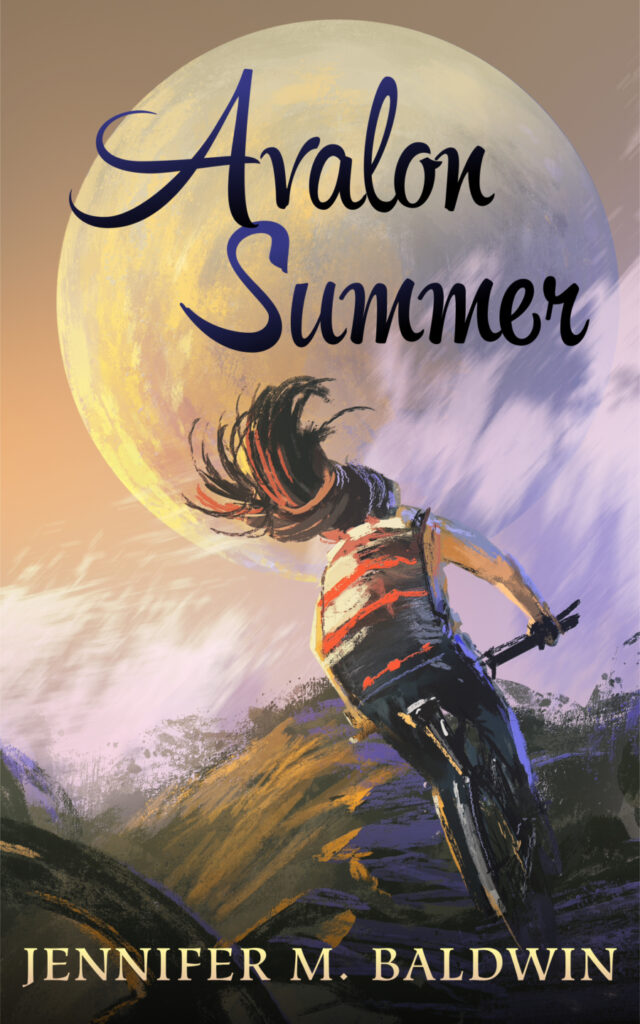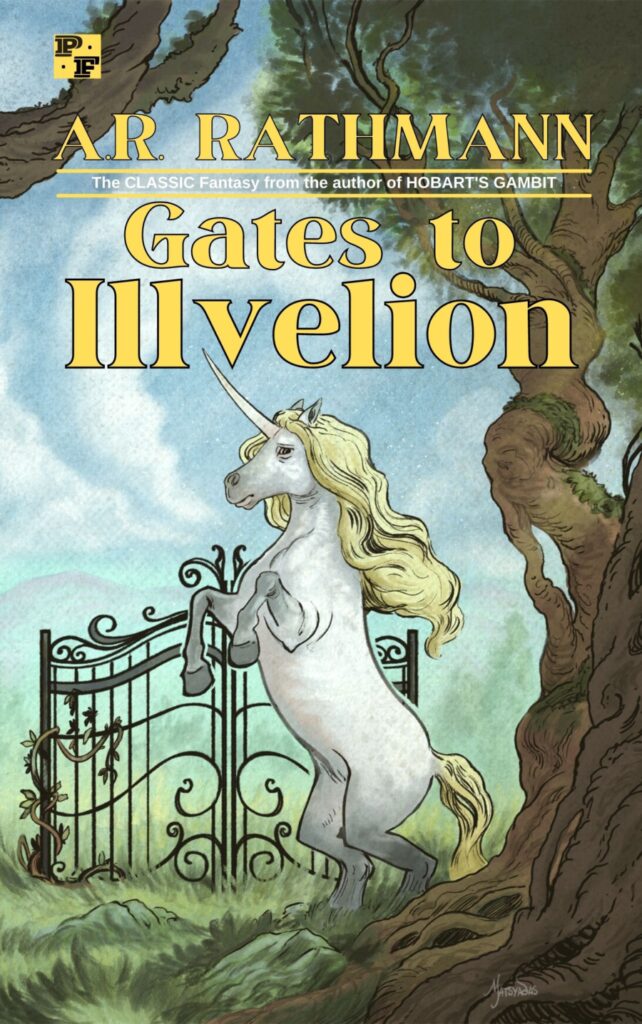Every school year as spring gets under way, I begin thinking in earnest about the next school year. Looking back on all the mistakes I’ve made and contriving ways to do better next year. Figuring out new lesson plans, new texts to read with the students, new methods and such. I do it every year; before the current term is over, I’m already on my way to the next one. By April, I’m ready to chuck everything and restart in September. I suppose it’s my way of renewal, of keeping myself on my toes, of trying constantly to improve. I want to be good at my job. I want to get better. So I start looking back at what I did wrong and try figuring out how to make it right.
Except this year, when I wasn’t even sure I’d return to teaching at all. That was in December/January. I was having an existential crisis (which I tend to have every few years or so), and I wondered if my dedication to teaching was waning. I had been lured by the work-from-home days of early COVID and started looking for ways to get out of teaching. I was ready, I told myself.
But I wasn’t ready. I wasn’t even very willing. I knew this because I was still reading tons of books and articles about teaching, pedagogy, schooling and unschooling, education philosophy, “how to be a better teacher,” all that jazz, and I was still thinking like a teacher: How can I share this with my students? What’s the best way assess their work? Why is learning important? What is worth learning? A lot of my mental space was taken up with teacher-y stuff, and I found myself not disengaged but reengaged, recommitted.
It helped that I started forming the habit of daily fiction writing (and blogging!). One of my biggest reasons for wanting to leave teaching was the fact that I seemed to lack any meaningful time for my own creative writing. I felt like my fiction writing was drifting further and further out to sea and I was standing on the shore, helpless and abandoned. So, of course, I had a grass is greener moment (or several) as I pictured myself working from home and having copious amounts of free time in which to write.
But as we all know about that green grass on the other side: it’s been spray-painted on.
Once I got into the groove and started writing more each day, I discovered that teaching wasn’t what was making me gloomy, it was the fact that my writing had fallen by the wayside. Once my writing was back on-track, teaching no longer felt like a terrible grind. It has immense perks, not least of which that I get to spend a good chunk of my time talking to students about writing and helping them develop their own skills as writers and readers. The other perk is that I get to spend my time thinking about big ideas, about literature and politics and language — all things I enjoy thinking about. And finally, I get to spend my time with the students, who are funny, passionate, goofy, clever, insightful, and kind. And I get to work on being kind too, and patient, and compassionate. It’s good for my immortal soul in that way.
All of this is an immense preamble to my main point, which is this: I think I am at last ready to embrace the “Harkness Circle” in all my classes (with one large caveat: this will be a Harkness Circle on my own terms; see below).
Until now, I’ve been using it as one tool among many; every few days we’ll have our “Harkness Discussion” and the students will lead the discussion and I’ll take notes and we’ll all pretend like we’re doing something important and educational, but in reality, we all know this is just a performance, just one more thing to enact in our elaborately designed game of “playing school.” I’m not saying these discussion aren’t sometimes really excellent. They are. Sometimes the insights and ideas are surprising and astounding. I’ve come away from some of these discussions seeing new things about a novel or a poem that I never would have thought of on my own, and that is all due to the ingenuity and insight of the students.
So, it’s not like the Harkness discussions I do now are garbage. They’re not.
But there’s something lacking in them because they are simply one thing among many. They are days to endure for students who don’t like them, and they are days that feel different from all the other days in our week or our month. They stand out, and not always in a good way.
What I’ve decided is that I need to stop making these discussions just one of the many tricks in my bag. Instead, I need to focus my entire classroom around them.
Everyday, students will enter my room and they will find a seat at the circle. (Side note: this year, because of COVID, we can’t have the desks arranged in a circle; this has severely hampered the discussions because students can’t face each other. I pray to God that next year we can arrange the desks how we like.) After students enter the circle, they will write for a few minutes to clear their heads or prepare for our discussion. And then, with myself usually seated amongst them (but not necessarily always), the discussion can begin. I may start it. I may ask someone else to start it. I may propose a question or have students begin sharing their commentaries on the reading. I may have a student share her writing and we conduct a writing workshop on it. I may just have the students ask me questions or tell me what they want to talk about. But whatever we do to facilitate the discussion, each day we’ll meet in the circle. It will be our thing. Not just a card trick we do every few days to impress, but the very air we breathe, the sun around which we revolve.
This is where my caveat comes in. One problem I’ve always had with Harkness is that the teacher is supposed to fade into the background. This is how it had been presented to me by other faculty and some articles I’d read. But after a bit more training and reading some published work from Phillips Exeter Academy teachers themselves, I’ve come to see that the teacher doesn’t have to disappear (in fact, she probably shouldn’t, most of the time). The teacher can be in the circle too. She doesn’t have to always stay, but she doesn’t have to disappear either.
One thing that’s been missing from my classes this year (and this is mostly due to the COVID restrictions we have in place) is the spontaneity with which I like to teach. I always imagined the Harkness discussions as being somewhat formal; they weren’t authentic discussions, but instead these rigid performances where everyone tried to score her three points. They had topics that were to be discussed or a text or whatever. But they weren’t supposed to veer, they weren’t supposed to swerve.
I reject that. I want swerves. I like looseness. I want discussions to be natural and real. And my voice as the teacher is part of that realness. I’m part of the class too, not just an overseer. My voice might be needed, just as the voices of the students are needed. For me, the circle is more important than the method. By being in the circle everyday, by being able to see each other’s faces and talk directly to each other, to allow that kind of connection to happen in the circle, that is the important thing. That is what I want to embrace. Disappearing into the aether or pretending I don’t have opinions or ideas doesn’t feel right. If I’m in the circle, then I’m in the circle.
This doesn’t mean I lecture in the circle while the students all stare off into space. It simply means I’m part of the discussion too. Sometimes the students need to hear my voice, my ideas, my idiosyncrasies. All of us our necessary, including the teacher.
And it reminds me of something I’ve been thinking about for a long time: the importance of design. The way we set up our classrooms matters. The way we design our spaces matters. One of the most important things I plan to do next year is keep my desks in a circle. The circle matters. It is the means by which we will engage with one another. It IS the pedagogy, in a sense.
Anyway, that’s where I’m at. My late spring reassessment and preparation for next year has sprung these seedlings. I hope I’ll get to see if they flower next fall.


